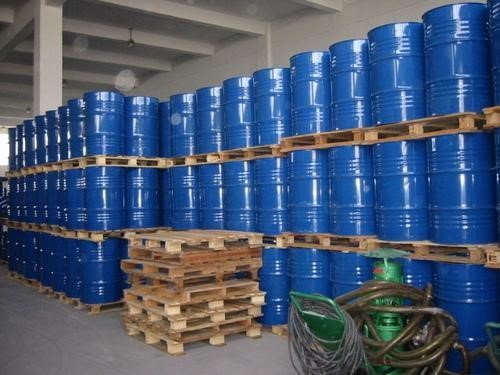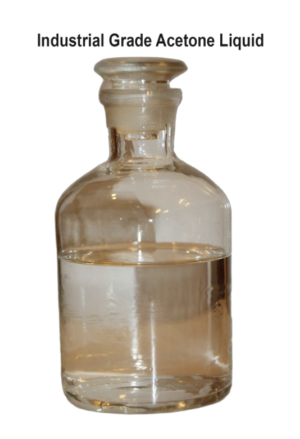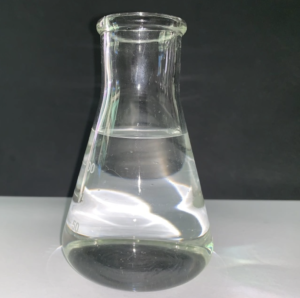Xylene is a clear, colorless liquid with a sweet, aromatic odor. It is a mixture of three isomeric aromatic hydrocarbons: ortho-xylene, meta-xylene, and para-xylene. Here are some key points about xylene:
- Chemical Structure: Xylene consists of a benzene ring with two methyl groups (-CH3) attached in different positions. The three isomers of xylene differ in the arrangement of the methyl groups on the benzene ring.
- Production: Xylene is primarily produced from petroleum refining processes, such as the catalytic reforming of naphtha or the cracking of crude oil fractions. It can also be obtained as a byproduct of coal carbonization and wood distillation.
- Properties:
- Solvent Properties: Xylene is an excellent solvent for a wide range of organic compounds, including oils, fats, resins, waxes, and rubber. It is commonly used as a solvent in paints, coatings, adhesives, varnishes, and cleaning agents.
- Volatility: Xylene is a volatile liquid with a relatively high vapor pressure at room temperature. It evaporates readily into the air and can form flammable vapor-air mixtures at elevated temperatures.
- Flammability: Xylene is flammable and can ignite when exposed to open flames, sparks, or heat sources. It should be handled and stored away from ignition sources, and proper safety precautions should be followed when using xylene in industrial or laboratory settings.
- Density: The density of xylene varies depending on the isomer and temperature, but it is typically around 0.86 to 0.88 grams per milliliter.
- Uses:
- Solvent: Xylene is widely used as a solvent in various industries, including paints and coatings, printing inks, rubber and plastics manufacturing, adhesives, and chemical synthesis. It is valued for its ability to dissolve and disperse a wide range of substances and for its relatively low toxicity compared to other solvents.
- Laboratory Reagent: Xylene is commonly used as a laboratory reagent for tissue processing, staining, and microscopy. It is often employed in histology and pathology laboratories for deparaffinization and clearing of tissue samples prior to staining.
- Intermediate in Chemical Synthesis: Xylene is used as an intermediate in the synthesis of various organic compounds, including dyes, pharmaceuticals, pesticides, and plasticizers. It serves as a starting material or precursor in many chemical reactions due to its versatile reactivity.
- Safety Considerations: Xylene exposure can pose health hazards through inhalation, skin contact, or ingestion. Inhalation of xylene vapors can cause respiratory irritation, headaches, dizziness, nausea, and central nervous system depression. Prolonged or repeated exposure to xylene may lead to adverse effects on the liver, kidneys, and central nervous system. Adequate ventilation and personal protective equipment (PPE) should be used when working with xylene to minimize exposure risks.











Reviews
There are no reviews yet.